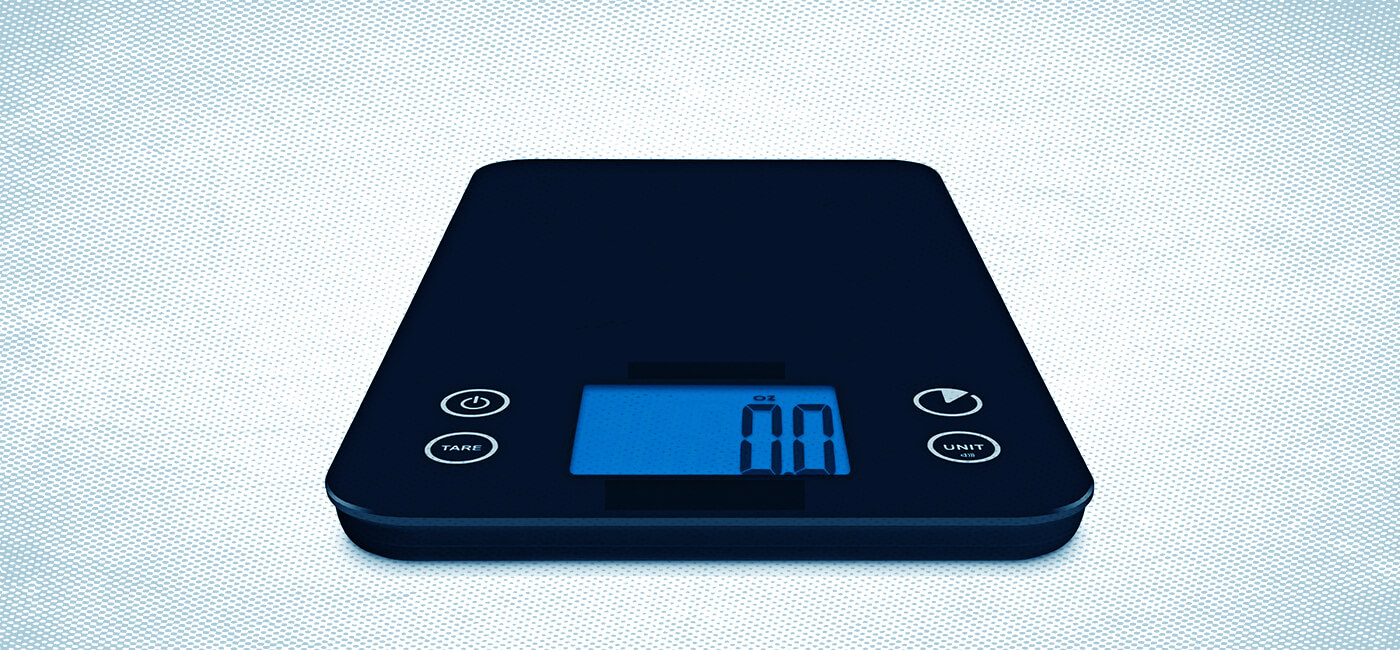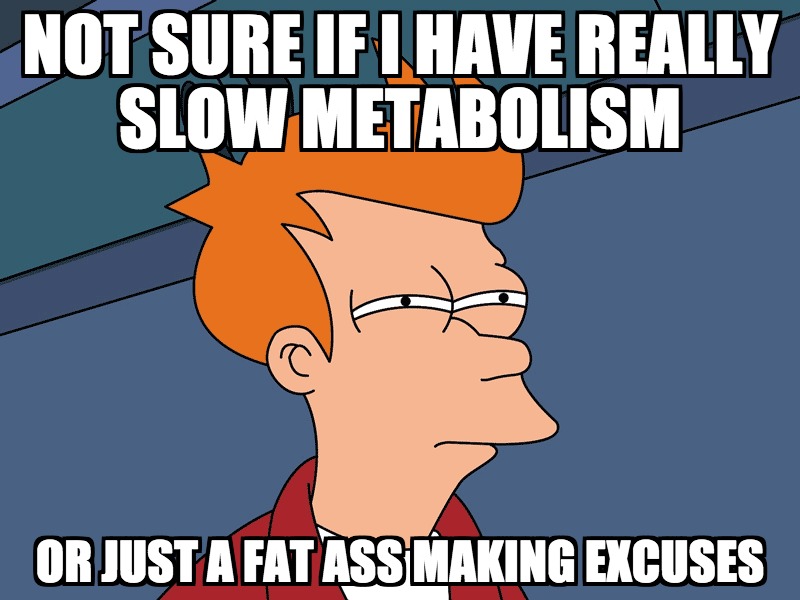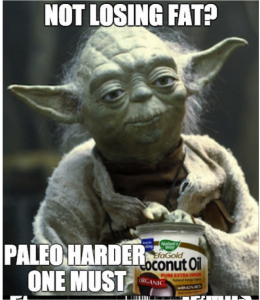The following is a guest post from Mike Samuels of http://www.healthylivingheavylifting.com/
“You just gotta eat clean bro.”
“Counting calories doesn’t work – it’s all about what you eat.”
“I don’t track my intake, but I KNOW I don’t over-eat.”
These are pretty commonly heard throughout the fitness industry; People thinking you just need to eat healthily to get in shape.
You get folks who disregard calorie counting and thermodynamics, convinced that just eating from a set list of foods will make them lean.
Likewise, you have others (more the general public) who are so sure that they eat well, and don’t over-consume calories, that they’re convinced their lack of fat loss is due to their slow metabolism, their genetics, or some form of minutia, such as eating at the wrong times, eating carbs, consuming grains or drinking alcohol.
Both these groups have something seriously wrong with their approach –
They are not monitoring or tracking anything.
Fail to Prepare, Prepare to Fail
To get anywhere close to the physique most of us desire takes a fairly high degree of self-monitoring and tracking. The obese guy or girl who’s carrying an extra 50 to 100 pounds – they can absolutely make some pretty incredible progress simply by cleaning up their diet, and getting rid of some junk. I’d even go as far to say that an off-season, slightly out-of-shape bodybuilder could make decent progress into the start of a contest prep by making small cuts to their weekly junk food intake, taking some carbs out of a meal here and there, or dropping out liquid calories for instance. But everyone else – a more rigorous and consistent form of monitoring is vital.
Why You Suck at Guessing Your Food
Any seasoned IIFYM-er, or long-term flexible dieter gets pretty damn good at guesstimating serving sizes, and it’s perfectly okay to go out to eat, have a meal at a friend’s house, or grab some food on the go, and make a rough guess of the macros from time to time. Generally though, people are terrible at gauging exactly how much food they’re eating. One study, published in the “New England Journal of Medicine” (1) is, in my opinion, the don of all fat loss studies, and is one that I show to all my clients to combat the look of indignation when I ask if there’s any possibility they might not be tracking their food intake that accurately.
In the study, Lichtman and colleagues asked participants about their dietary habits and estimated intakes via a food recall analysis, then actually monitored participants’ food intake and exercise levels. What they found was quite shocking. Participants under-reported their calorie intake by an average of 47% and over-reported their exercise by an average of 51%. What does this mean? Well, if someone thought they were eating 2,000 calories per day, and burning 500 through exercise, then going by these numbers, they’d actually be eating 2,940 calories, and burning only 330. That’s a discrepancy of 1,270 per day. 8,890 calories per week. Or, to put it another way, if you thought you were eating at maintenance, that extra 8,890 calories extra in a week would be enough for over 2 ½ pounds of fat gain.
Anyone think they might now start actually tracking their intake properly!?
The Evidence Increases
A more recent study from the “Journal of the Academy of Nutrition and Dietetics” concluded that completing food journals was associated with a greater percentage weight loss, (2) while a 2012 meta analysis from the “Journal of the American Dietetic Association” noted that “a significant association between self-monitoring and weight loss was consistently found”. (3) But Mike – Most of these guys were obese. Of course they were bad at estimating. I hear you. And I’ll admit – if you’re in good shape already, you probably have a pretty solid handle on your nutrition, regardless of whether or not you monitor it. So here’s what might make the difference – quantitative versus qualitative data. Macronutrient-based diets are quantitative – you have a set amount or number of each macronutrient to hit. You can’t screw up or go “off-plan” if you’re hitting your numbers. And this makes it very, very easy to implement adjustments when you hit a plateau.
Qualitative diets however (i.e. clean eating, low-carb, etc.) rely on some sort of magic code as to what foods you can and can’t eat. Without tracking your intake, what you’re eating is anyone’s guess. You might be hitting a macro nutrient intake that’s favourable to reducing your body fat, you might not be. Who knows?
I’ll use myself as a case study. I did Paleo for about 9 months. http://www.healthylivingheavylifting.com/how-clean-eating-made-me-fat-but-ice-cream-and-subway-got-me-lean/
I ate clean, and I mean CLEAN. But when I hit a wall with weight loss, I didn’t know what to do. I was convinced I wasn’t eating too many calories – my protein was high, my carbs were low and unprocessed, and all the fats I was getting were from healthy sources. I was at a loss. Turns out, once I’d seen the light, and starting self-monitoring and tracking, my clean diet had been coming in at around 3,000 calories per day.
I see the same with many of my clients too. Folk come to me eating low-carb, and can’t believe they’re not losing fat, even when they’re keeping their carbs below 30 to 50 grams per day. The truth of the matter is – calories. Eating a high-calorie diet while eating “clean” is incredibly easy.
4 oz nuts = 650 calories
1 tablespoon olive/ coconut oil = 120 calories
8 oz sweet potato = 204 calories
6 oz wild salmon = 241 calories
6 oz grass-fed beef = 324 calories
“Clean” foods? – Yes.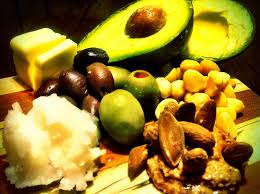 Calorie-dense? You betcha! Low-carb folk and clean eaters are often shocked that their fat intake racks up at well over 100 grams per day, and protein can be as high as 1.5 to 2 grams per pound, both of which raises calorie intake through the roof.
Calorie-dense? You betcha! Low-carb folk and clean eaters are often shocked that their fat intake racks up at well over 100 grams per day, and protein can be as high as 1.5 to 2 grams per pound, both of which raises calorie intake through the roof.
Breaking the Plateaus
Referring back to that inevitable fat loss plateau, what do you do? If you’re a tracker, you simply manipulate your calories to reinstate your deficit. As you diet, it’s almost certain that you’ll have to lower your calories over time, due to a drop in bodyweight, and potentially in thermogenesis. This is no biggie for the tracking flexible dieter – you just knock off a few calories from your daily intake. Slashing 50 to 100 calories through a combination of carbs and fats should be ample to get you over that hump. A non-tracker though? Do you eat cleaner? Do Paleo guys and girls just paleo harder? And what about those low-carb folk? Do they look in vain for foods that have negative carbs?
All you can do in this situation is find some way to lower your calorie intake, which usually results in completely getting rid of a food, such as taking all the oats out of your morning meal, switching from beef to chicken or white fish, or taking out starches and replacing them with green vegetables. This might work, but again, it’s guesswork, and leaves you in the cycle of restrictive dieting.
Removing Food Restrictions
Without getting into the whole debate of IIFYM vs. clean eating, tracking and monitoring does give you license to actually eat whatever you like, provided it’s in a sensible quantity, and fits in with your nutrition plan as a whole. By not restricting certain types of food, you massively reduce urges to binge, and create a much more sustainable, sociable, practical – and even enjoyable – diet.
The Guessing Game
Think you can get by with guessing serving sizes? Think again. According to research from the Centers for Disease Control and Prevention, the environment we’re in, along with our emotions, can greatly affect what we determine to be a “serving” of food. Psychological cues also tend to override all else when it comes to being sensible with your portion sizes. (4) While there’s no need to track and weigh every single last gram of everything you eat (unless you’re contest prepping,) there is certainly a lot of merit in breaking out your weighing scale, especially in a fat loss phase, and tracking every meal where possible.
Coming Over to the Tracking Side
Fortunately, in today’s modern world of super-speed Internet, and technology on the go, tracking and monitoring your intake has never been easier. You’d have to have been living under a rock for the last couple of years if you’re in the fitness industry and haven’t heard of MyFitnessPal – http://www.myfitnesspal.com/ That, along with apps such as My Macros+ http://www.getmymacros.com/ are fantastic, easily-accessible ways to get started with the monitoring process.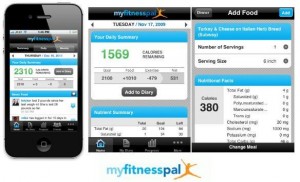
In fact, a study from a 2014 edition of the “Journal of Nutrition and Education Behavior” even found that subjects who used smartphone apps to track their food had better dietary success rates and higher adherence than those using paper and pen. (5)
The Wrap Up: No Excuses
One of the big reasons I hear from people who refuse to track food is that it takes too much time. This comes down to two things –
1. Realising that it’s actually extremely quick and easy to track and monitor.
2. Weighing up how important your goals are to you.
If you manage to find the time to play Angry Birds, spend hours debating squat biomechanics on Facebook, or update your Twitter feed every 20 minutes with how “hardcore” your workouts are, you have time to track. End of story. Your physique and your sanity will thank you for it.
To read more from Mike, visit
www.healthylivingheavylifting.com or connect through Facebook at www.facebook.com/healthylivingheavylifting
References
1. http://www.nejm.org/doi/full/10.1056/NEJM199212313272701
2. http://www.andjrnl.org/article/S2212-2672(12)00634-X/abstract
3. http://www.ncbi.nlm.nih.gov/pmc/articles/PMC3268700/
4. http://www.cdc.gov/nccdphp/dnpa/nutrition/pdf/portion_size_research.pdf
5. http://www.jneb.org/article/S1499-4046(14)00469-2/abstract
